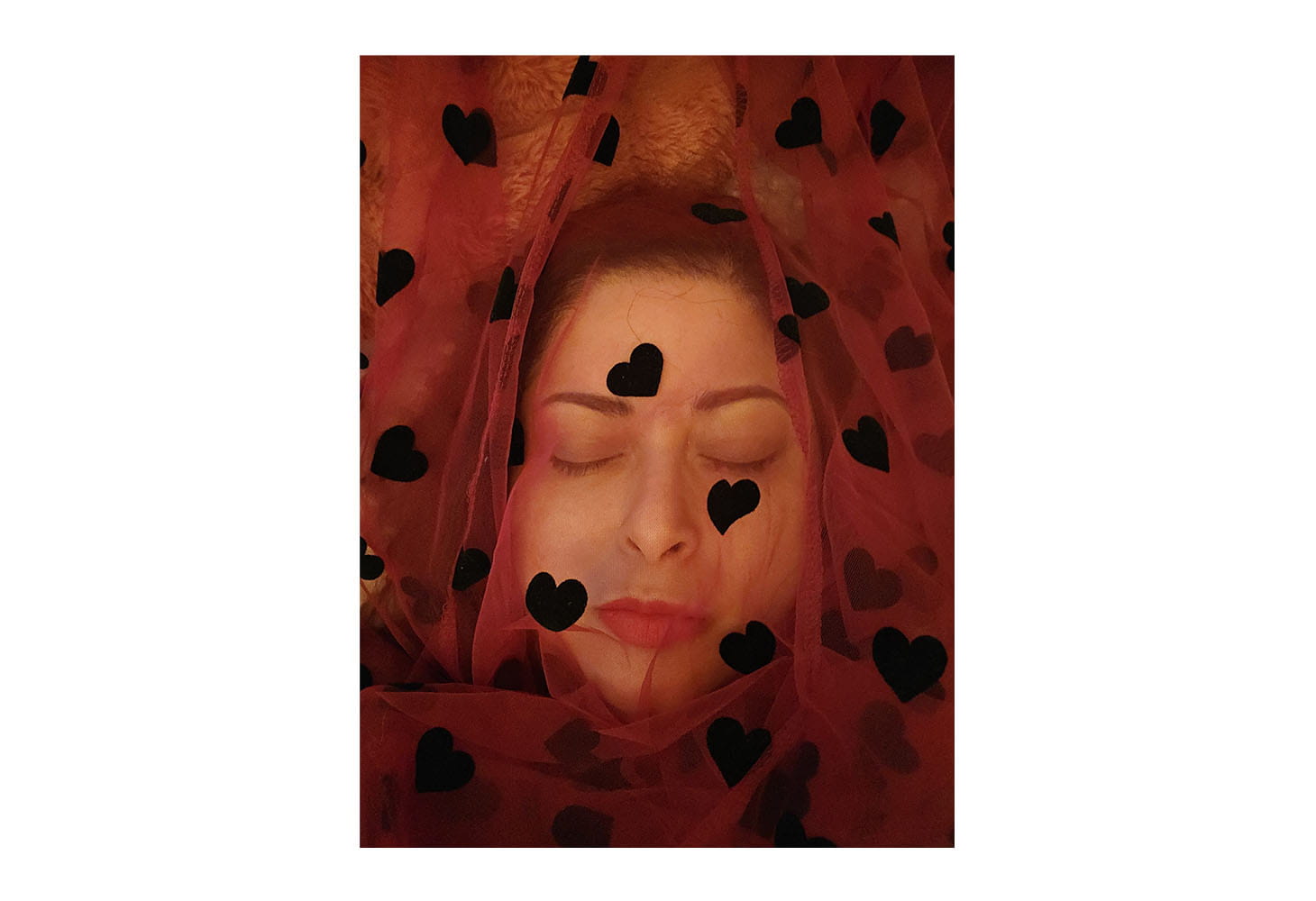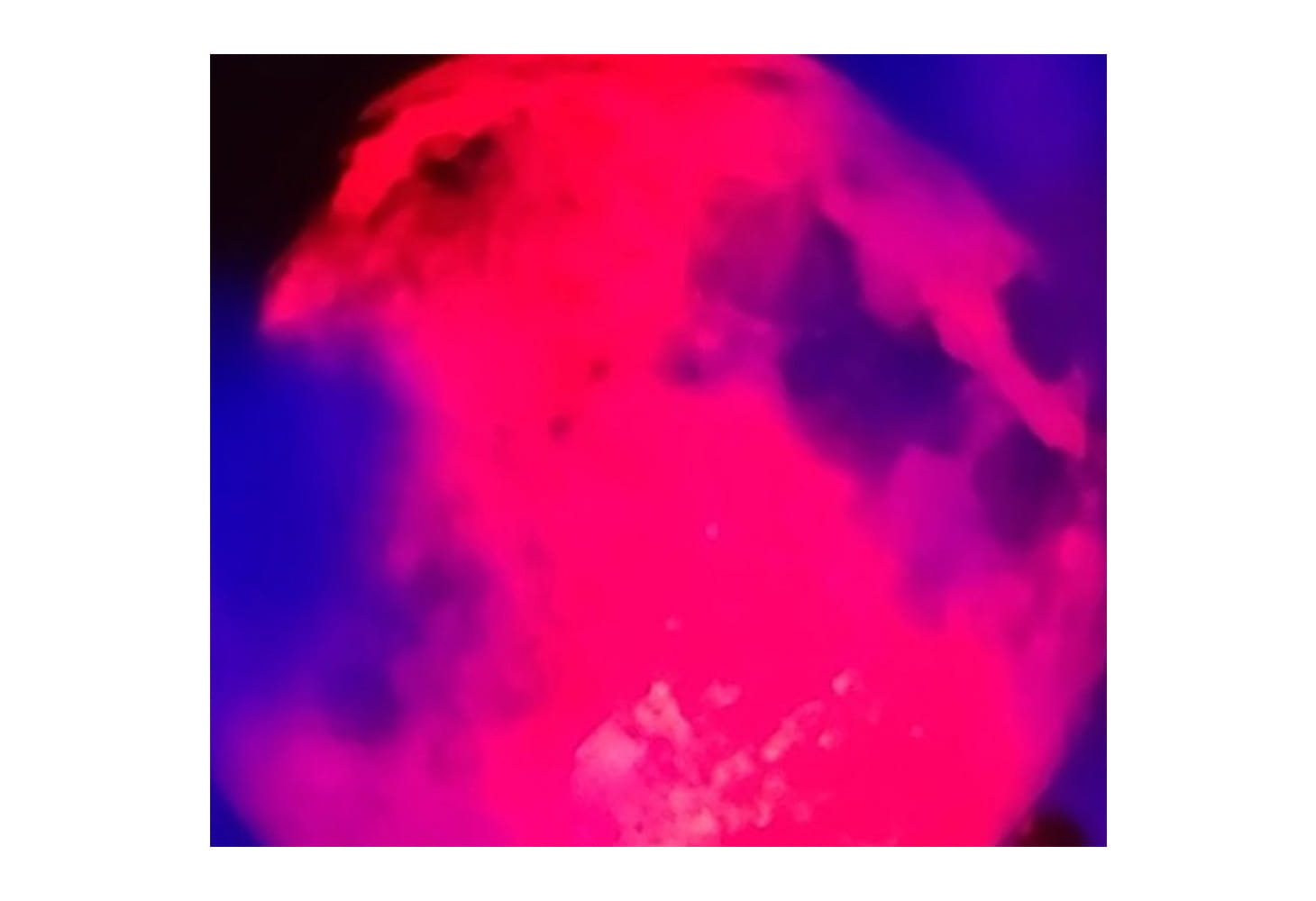What does co-produced mental health recovery look like?
A research paper recently published in Health Expectations shares findings from a photovoice project guided by CAMH’s Collaborative Learning College (CLC) Research Subcommittee, highlighting the profound impact of co-production in mental health recovery. The study, entitled “Every Voice Matters,” concluded that co-production in Recovery Colleges has significant positive personal impacts, including fostering belonging, reducing stigma, supporting recovery, and promoting personal growth. The participants’ reflections—in their own words and images — are shared here to initiate dialogue about the experiences of mental health recovery.
Photovoice is a participatory research method that combines photography and storytelling, empowering people to share their lived experiences in their own words and images. By guiding the questions and shaping the outcomes, participants express themselves authentically creating space for creativity, growth, and community connection.
Recovery Colleges are inclusive, collaboratively developed education programs centered on mental health and well-being. Created to support individuals in their personal recovery journeys, they offer a valuable environment for exploring the benefits of co-production. There are approximately 220 Recovery Colleges worldwide, with over 30 in Canada alone.
The study was co-produced by people with lived experience, educators, clinicians, and researchers, and people with intersecting identities.
21 participants from Recovery College programs across Canada to took part in seven virtual workshop sessions. In these sessions, participants were introduced to basic photography concepts, were supported in taking and selecting images, and participated in guided group discussions about the meaning behind their photos.
Participants also contributed written reflections and image annotations. The study aimed not only to explore the personal impact of co-production, but also to generate insights that could shape future recovery college programming and research.
Study origins and collaboration
The project was a research initiative guided by the Collaborative Learning College (CLC) Research Subcommittee. The subcommittee brings together CAMH staff and individuals with lived and living experience, and those with intersecting roles—some affiliated with CAMH, and others from outside the organization.
Turning Stories into Tools: Research takeaways
Participants shared how the photovoice project and the collaborative process impacted them in multiple ways.
Recovery was described not as a one-way process, but a mutual one. Participants reflected on the power of being both supported and supportive. Of building a learning space together rather than consuming a service. That dynamic of co-production, where people contribute their experiences as knowledge, created a safe space to share lived experience.
Participants also described the creative process itself as healing. Choosing what to photograph and how to describe it became an act of self-definition and growth. As one noted, the decision to avoid faces and instead focus on metaphorical or symbolic imagery required a lot of trial and error that ultimately made the project feel more personal and authentic.
“Photovoice offers a creative and powerful way for participants to capture and convey meaning” commented Dr. Lisa Hawke, first author of the paper. “Over several weeks, participants honed their photography and caption-writing skills while reflecting deeply on the impacts of co-production. This process not only nurtured their creative expression, but also generated rich, nuanced insights into their lived experiences.”
The findings from this project will inform the development of a new psychometric tool to assess the impact of co-production. This aligns with CAMH’s broader vision of a learning health system—one that integrates research, care, and lived experience to continuously improve services and support.
By using participatory methods like photovoice, CAMH ensures that research doesn’t just study recovery, but contributes to it. Through story, symbolism, and shared reflection, participants in this study not only documented their journeys; they helped build the next steps in mental health education and care.
Learn more about the CAMH Collaborative Learning College here.






